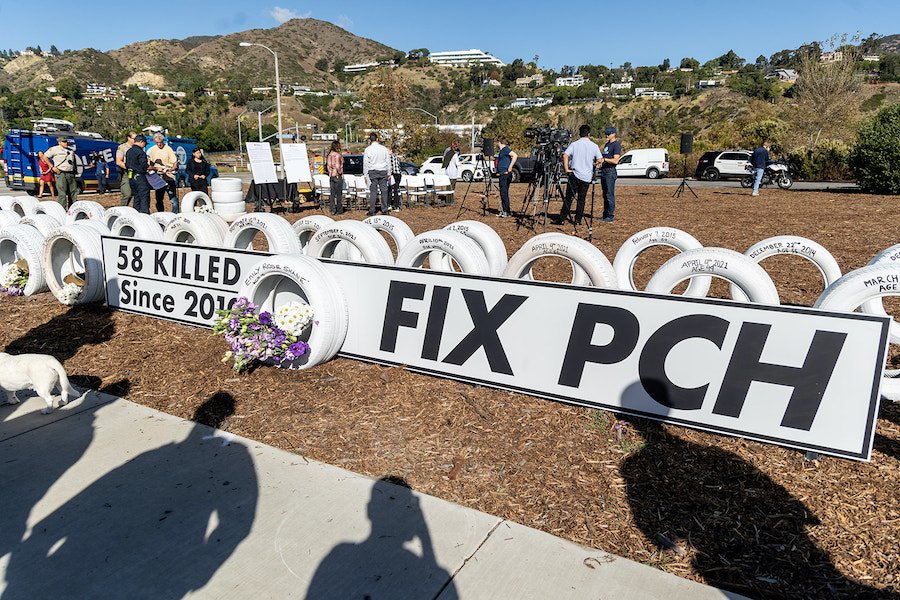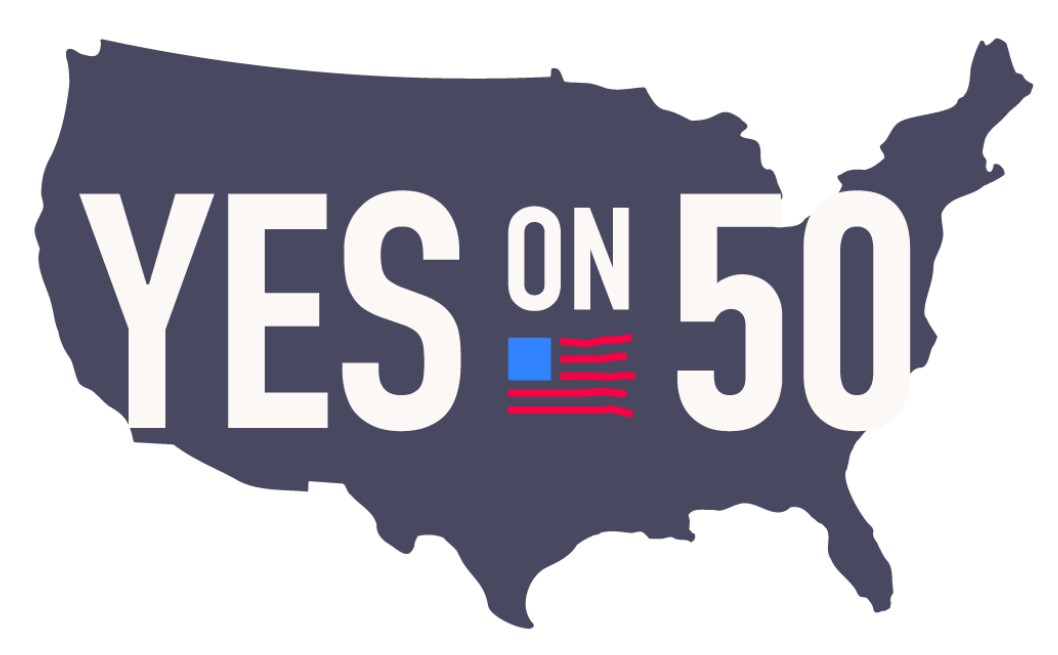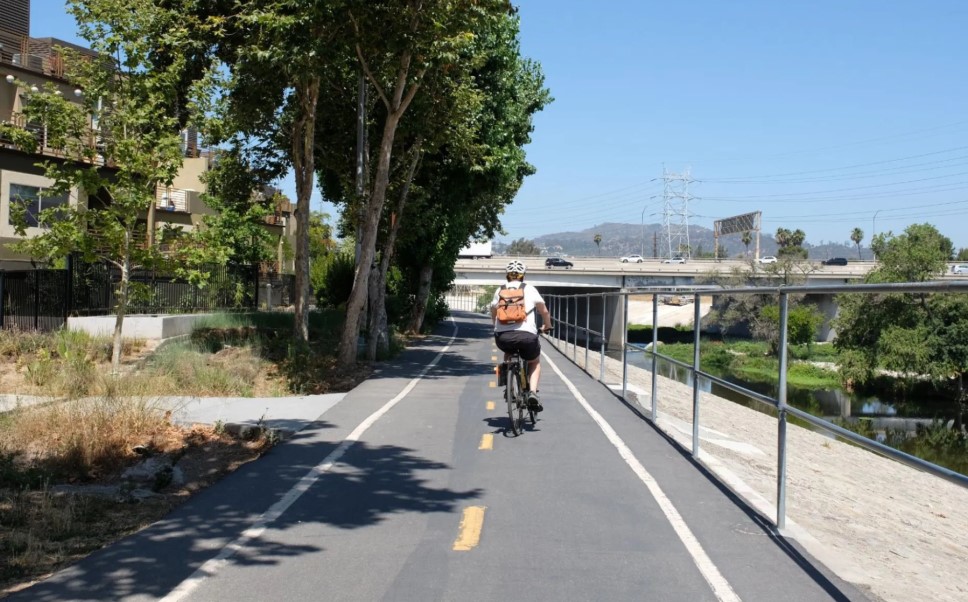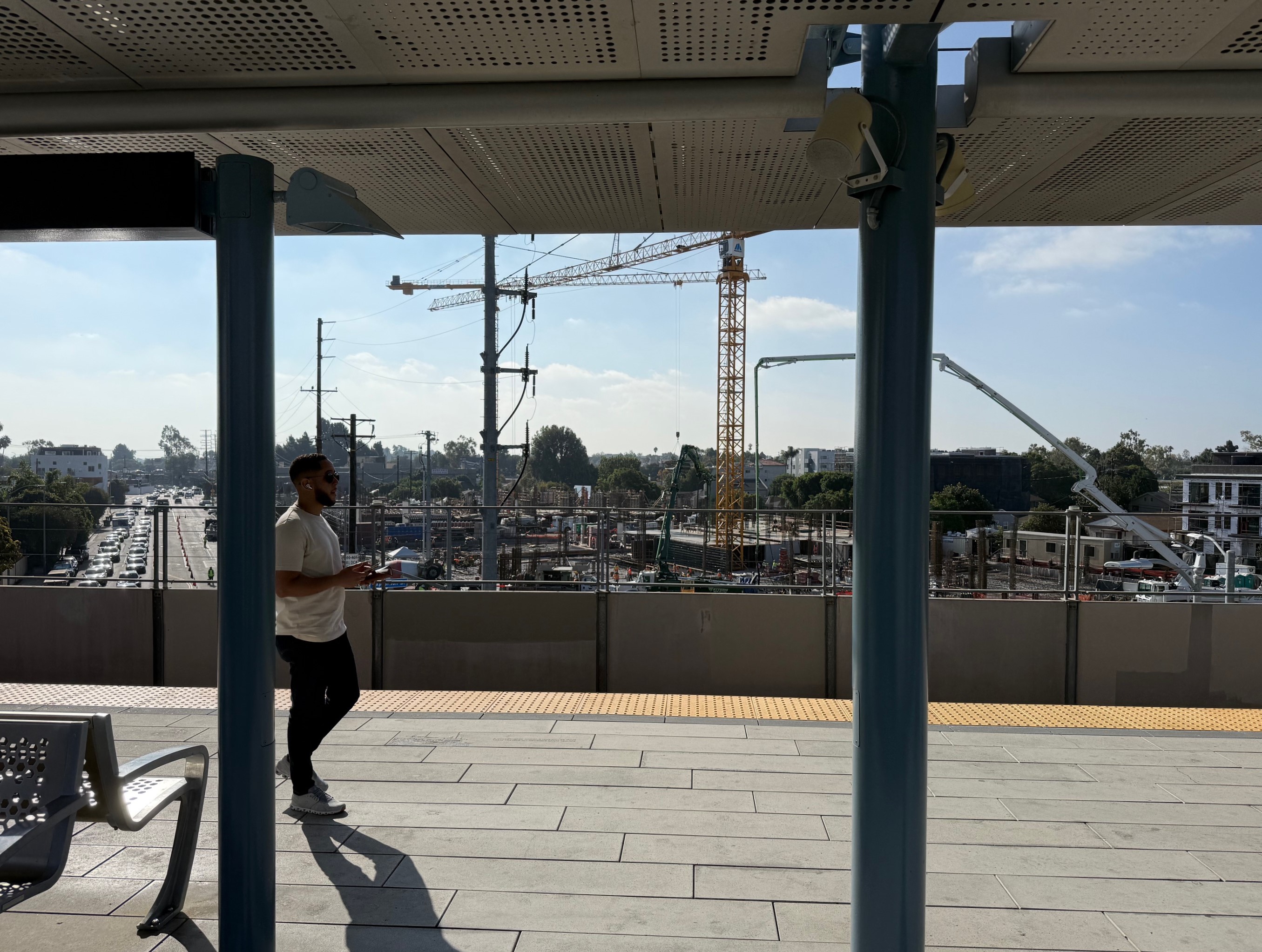Americans are getting more and more frustrated with air travel. The airline industry is getting worried. Will passenger rail get the spoils?

A new survey by the U.S. Travel Association [PDF] found that 27 percent of respondents thought flying had become more of a hassle in the last year. They’re annoyed about delays, safety, and all the extra fees associated with baggage, premium seats, and boarding priority. Security screening is a pain, and costs have increased.
It’s beginning to affect the bottom line. Sixty percent of travelers said they thought they would take more trips if airport hassles were eliminated -- on average, 2.63 more each year. A third of respondents said these annoyances resulted in them traveling less than they used to or planned to. The Travel Association thinks the trips not taken have cost their industry $27 billion.
Could Americans’ disillusionment with air travel be an opening for rail? It happened before: In 2000, Amtrak introduced Acela service on the Northeast Corridor, and a year later, 9/11 led to increased fears and tightened security at airports. The result: Amtrak’s share of the travel market between New York and Washington went from one-third to three-quarters.
A Harris interactive poll a few years ago showed a third of business travelers and two-thirds of leisure travelers would ride high-speed rail if it existed, instead of flying [PDF].
The survey neglected some drawbacks to flying. “They didn’t ask about airport access,” said Dan Schned of the Regional Plan Association. “I wish they had. Trains drop you off in the middle of the city, closer to your final destination. Getting to and from an airport outside of town can be expensive and time-consuming.”
Still, the air travel survey may not present many opportunities to Amtrak as it exists now. Though some problems, like extra fees and security screenings, aren't an issue for rail travel, and there are other perks like being able to stay connected to the Internet, other concerns may be even more acute for rail passengers today than for fliers.
After all, 30 percent of travelers said their number one concern about air travel is delays. Outside of the Northeast Corridor, Amtrak is notoriously unreliable, and even scheduled travel times are long. Sharing track with freight rail leaves passenger rail at the mercy of the shippers. Schedules for long-distance service can be highly inconvenient.
Nevertheless, whether because of growing frustration with air travel or some other reason, Amtrak ridership is booming: The service has broken 10 ridership records in the last 11 years. And in key places around the country, rail is becoming a far more viable travel option.
In California, the funding nightmare for high-speed rail has finally turned around, with hundreds of millions of dollars coming its way from cap-and-trade revenues. In Florida, a privately-operated high-speed rail service is due to launch next year. In the Midwest, trains are operating at speeds above 100 mph, in places, between Chicago and St. Louis. With improved service like this, rail has the opportunity to take much more of the travel market as air travel gets bogged down in excessive fees and hassles.






